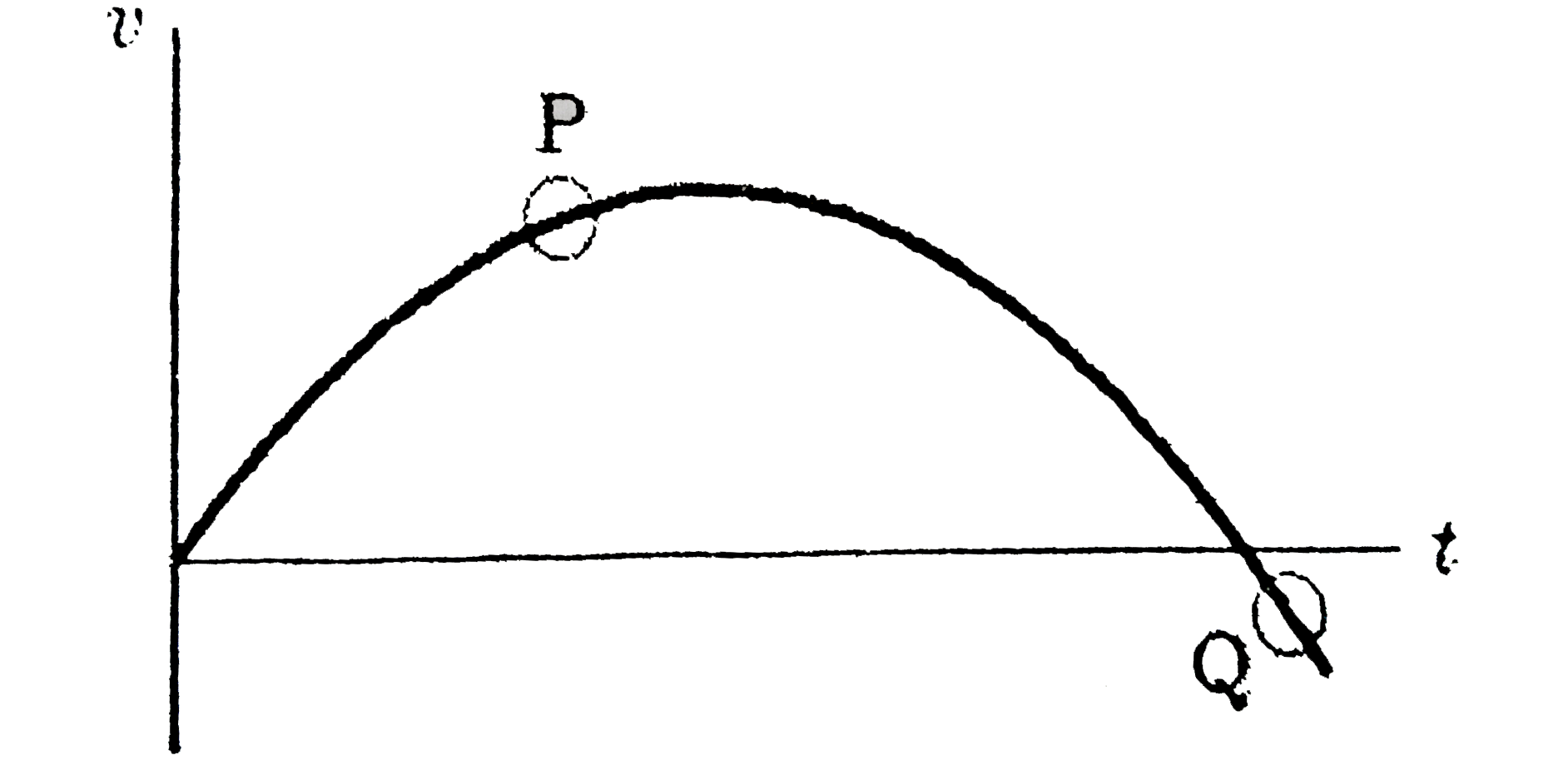The diagram shows a train moving with constant velocity and a car moving towards the train with constant velocity. The engine driver measures the velocity of the car as v1 . The passenger sitting in the last compartment measures the velocity of the car as v2 . Which of the following statements is true?

v1>v2 if L1<L2
v1<v2 if L1<L2
v1=v2 if L1=L2
v1 is always equal to v2
The correct Answer is:d
Relative velocity does not depend on position of observer. It depend only of velocity of object and observer.
Similar Questions
Afrala moves due east with a velocity 20 m/s and a car moves due north with a velocity v2=15m/sec. Find the velocity of the car as observed by a passenger sitting in the train
View SolutionA car travels half the distance with constant velocity of 40kmph and the remaining half with a constant velocity of "60kmph" .The average velocity of the car in kmph is
View Solution
Knowledge Check
- Question 1 - Select One or More
A ball moving with a velocity v hits a massive wall moving towards the ball with a velocity a. An elastic impact lasts for time △t
AThe average elastic force acting on the ball is [m(u+v)]/△tBThe average elastic force acting on the ball is [2m(u+v)]/△tCThe kinetic energy of the ball increases by 2mu(u+v).DThe kinetic energy of the ball remains the same after the collision. - Question 2 - Select One
A car travels east with a certain constant velocity. The direction of the friction force on the car is
Adue eastBdue westCupDzero - Question 3 - Select One
A car is moving with velocity →vc towards north and a train is moving towards east with velocity →vt . Find the direction of relative velocity of car with respect to train.
AWestBNorthCN-WDS-W
A train is moving with a velocity of 30kmh−1 due East and a car is moving with a veloicty of 40kmh−1 due North . What is the velocity of car as appears to a passenger in the train ?
View SolutionA train is moving with a velocity 40kmh−1 due East and a car is moving with a velocity 60kmh−10 due North, What is the velocity of train as appears to a passenger in the car ?
View SolutionA bus is moving with a velocity of 40kmh−1 due south, and a car is moving due west with a velocity of 50kmh−1. What is the velocity of car w.r.t. a passenger in the bus ?
View SolutionA car is moving with a velocity of 60km/h due east and a train is moving with a velocity of 80km/h due south . For a passenger sitting inside the train , what is the velocity of car appearing to him ?
View SolutionThe diagram shows a velocity-time graph for a car moving in a straight line. At point Q the car must be
 View Solution
View Solution
